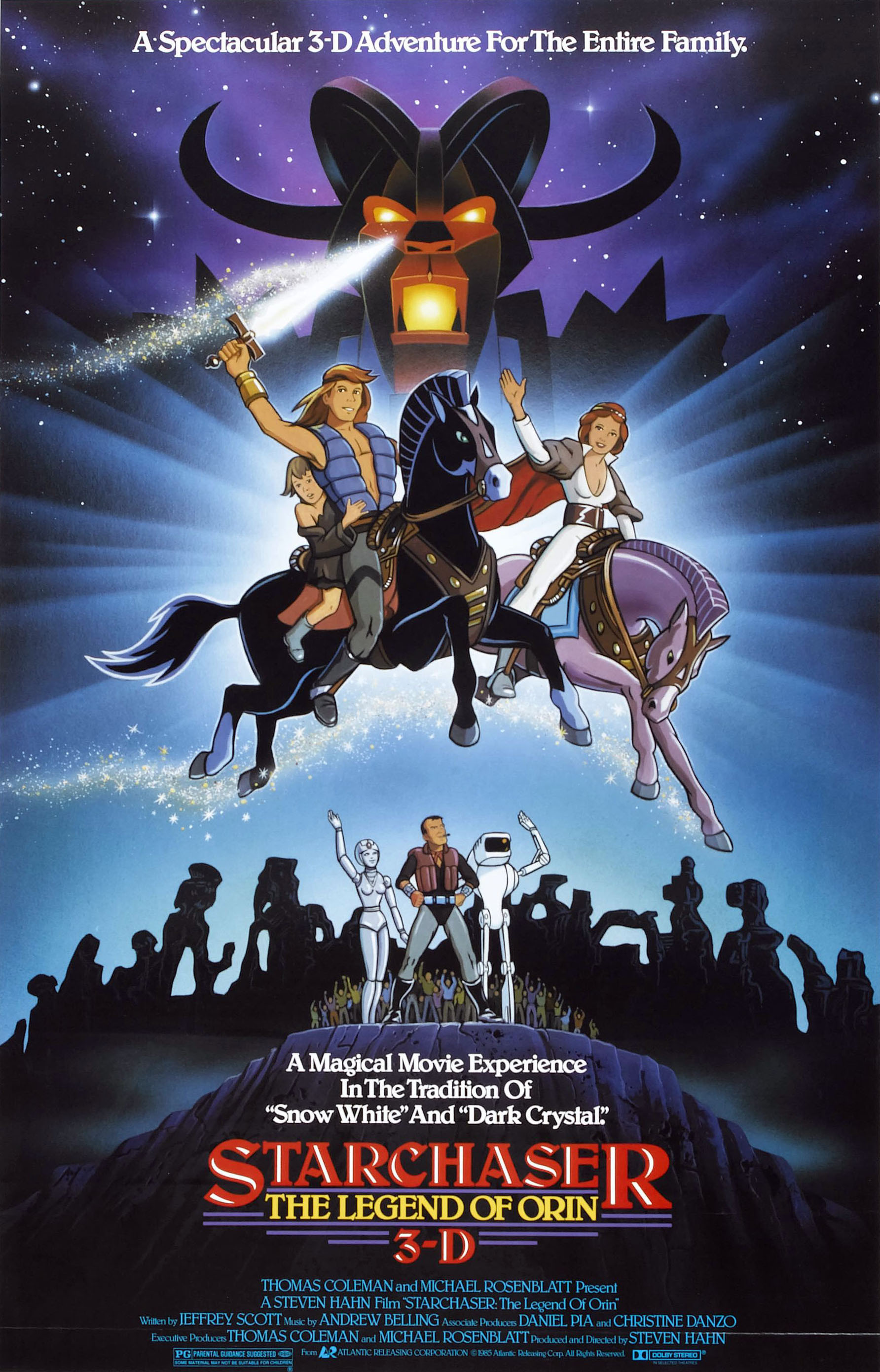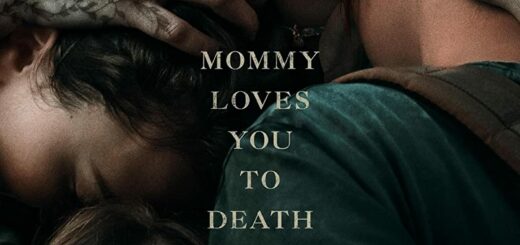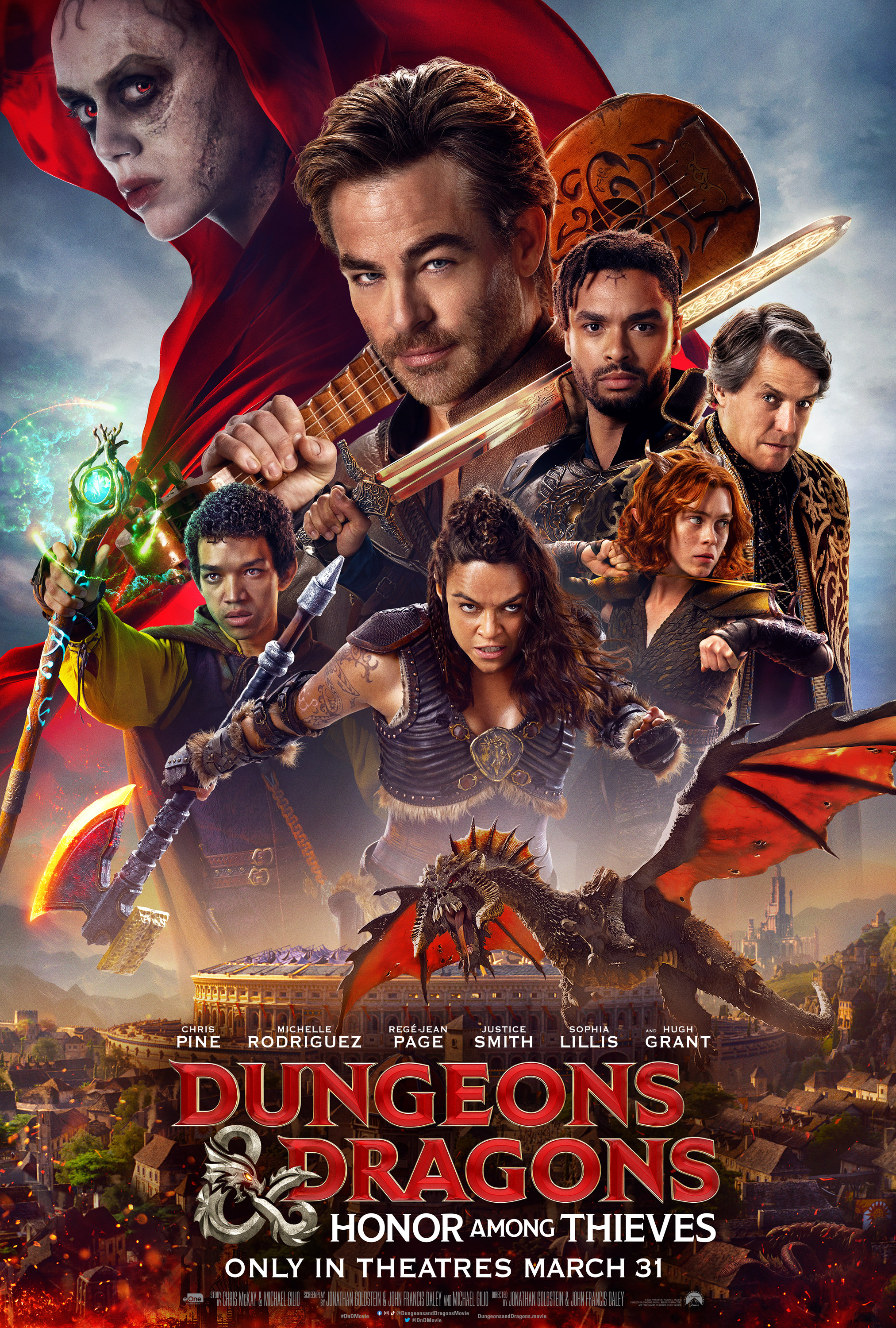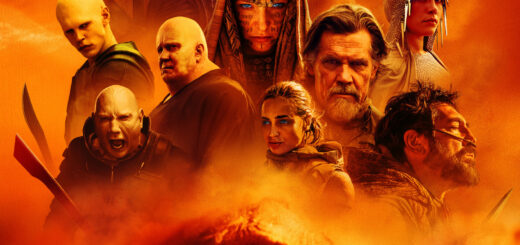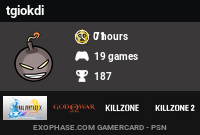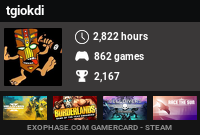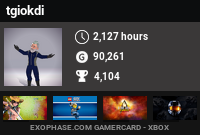“Starchaser: The Legend of Orin” Review
Starchaser: The Legend of Orin is one of those films that wears its influences on its sleeve—most obviously Star Wars, from which it borrows not just visual cues and character archetypes, but entire sound effects straight out of the Lucasfilm library. From the hum of lightsabers to the familiar blast of laser fire, there’s no denying the audio-visual DNA it shares with its far more famous cinematic cousin. And yet, despite all that, Starchaser manages to carve out a space for itself with a story that, while admittedly derivative in some places, offers enough originality and thematic weight to stand apart.
At its core, this is a surprisingly ambitious tale of humanity’s subjugation under the literal and metaphorical weight of robotic overlords. What begins in the dark, subterranean tunnels of an enslaved mining society gradually opens into a broader cosmic narrative—one that touches on ancient myths, cybernetic deception, rebellion, and the ever-relevant cycle of tyranny and resistance. The twist involving the resurgence of robotic forces, quietly infiltrating a recovering society from within, adds a layer of cynicism and caution to an otherwise straightforward hero’s journey. It suggests that victory is never permanent, and that vigilance is the price of freedom—a surprisingly mature theme for a film that was marketed to younger audiences.
The animation, to be fair, is rough around the edges. As was typical for many American animated films of the 1980s, the motion often feels stiff, with characters moving in ways that lack the fluid grace seen in contemporaneous Japanese animation or even some of Disney’s more polished efforts. The action scenes, while ambitious in scope, come off as wooden and sometimes clunky, with characters stiffly firing blasters or swinging swords in rigid, unnatural arcs. Dialogue, too, tends to veer into the cheesy or melodramatic—again, a hallmark of many animated features of that era that were trying to hit serious notes without the refinement to fully support them.
But where Starchaser triumphs is in its world-building and its audacity. The settings are vivid and varied, from the oppressive mines to sleek spaceports and eerie alien ruins. There’s a tangible sense of scale and lore to the universe, and the filmmakers clearly had big ideas about the balance between man and machine, faith and rebellion, oppression and identity. That these themes are explored at all in a mid-80s animated sci-fi film—particularly one that aimed for 3D theatrical gimmicks and was largely overlooked in its time—is impressive.
In short, Starchaser: The Legend of Orin is a flawed but fascinating artifact of 1980s animation. Its visual and narrative echoes of Star Wars may be impossible to ignore, but its own story—centered on rebellion, renewal, and the hidden persistence of tyranny—has more weight and uniqueness than it first appears. For fans of retro sci-fi, cult animation, or just curious explorers of cinematic oddities, it’s well worth digging up.
